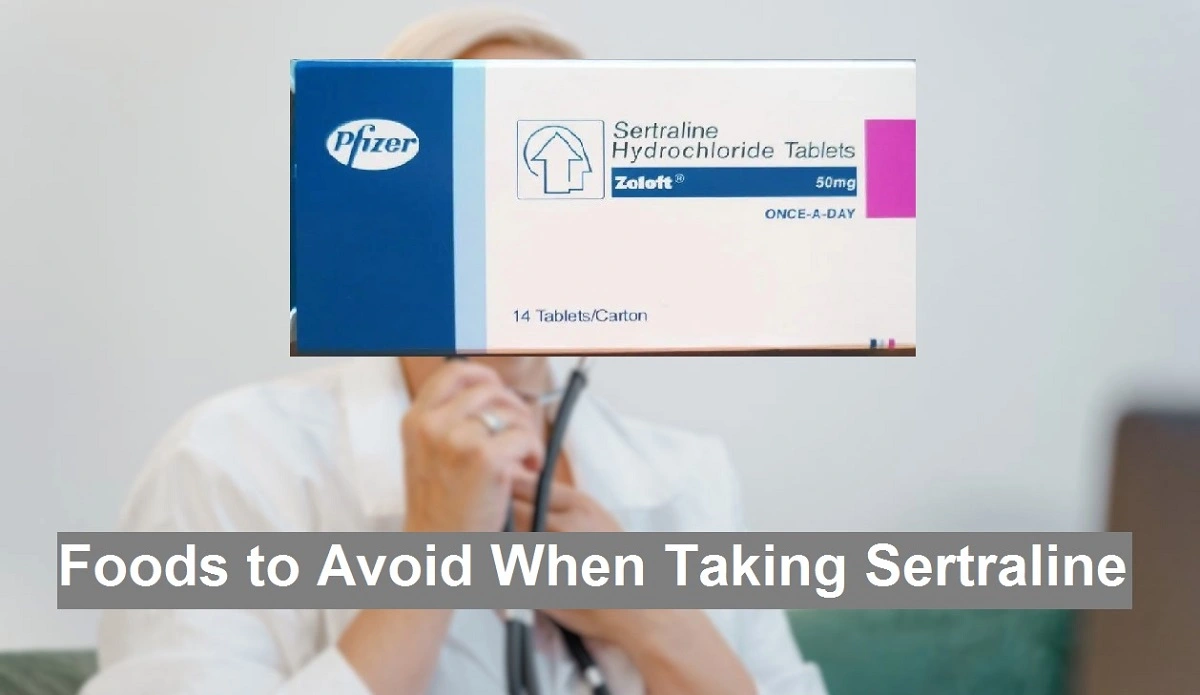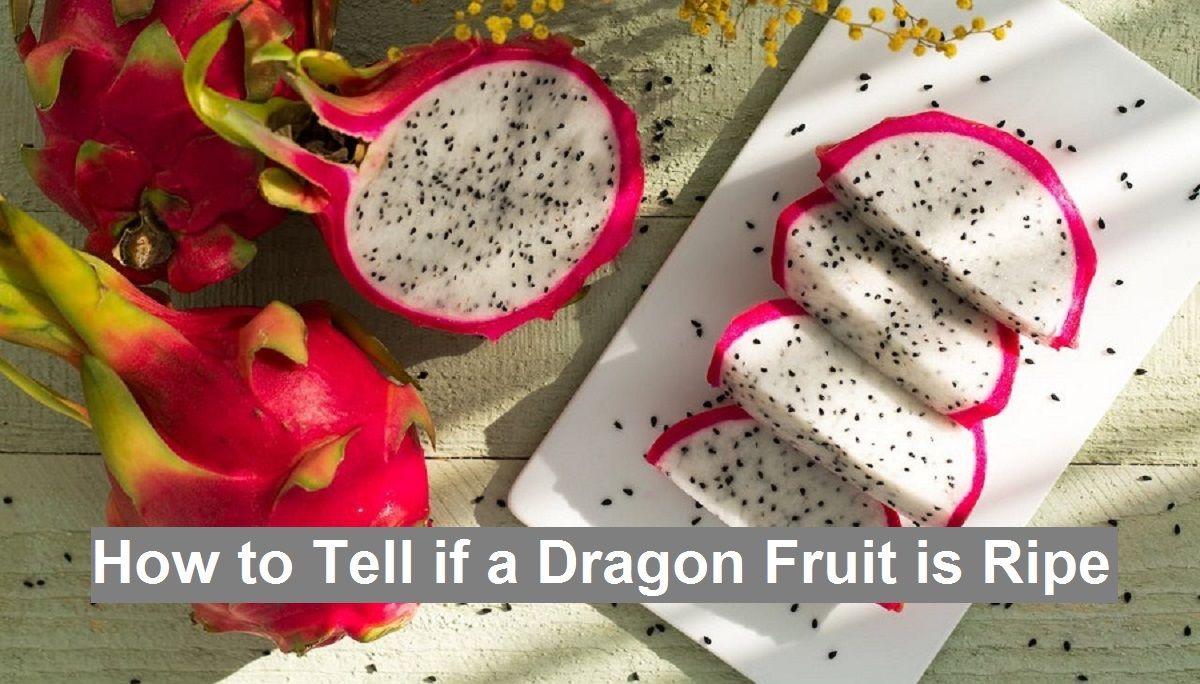When plaque builds up on teeth it hardens into tartar, also known as dental calculus. Tartar and plaque are unsightly and can lead to serious dental problems if left untreated. Fortunately, there are home remedies to remove tartar and plaque from your teeth.
Tartar: Also known as dental calculus, is a hard deposit of plaque that adheres firmly to the surface of teeth. It forms when plaque, a sticky film of bacteria, mineralizes over time. If you know how to remove tartar from your teeth without a dentist, you don’t have to worry so much.
Plaque: It is a colorless film of bacteria that continuously builds up on teeth. It is the main factor that leads to gum disease and tooth decay. Regular brushing and flossing help remove plaque, preventing it from hardening into tartar.
In today’s article, you will learn how to remove tartar and plaque from your teeth at home without a dentist.
Natural Ways To Remove Tartar at Home
The first solution to remove tartar is by the dentist. But you can solve this problem sitting at home if you want. Let’s know how to remove tartar from teeth without a dentist.
Brushing:
Brushing twice a day for two minutes each time is essential to remove plaque and prevent tartar build-up. Use a soft-bristled toothbrush and fluoride toothpaste. Brush all surfaces of your teeth, backs and along the gum line.
Flossing:
Several studies have shown that “Compared to brushing alone, flossing and toothbrushing greatly reduce gingivitis, or moderate gum disease.”
Brushing alone cannot reach the tight spaces between teeth, where plaque and tartar build-up. Flossing once a day is important to remove plaque and food particles from these areas.
Baking soda:
Baking soda has mild abrasive properties that can help remove plaque and tartar. Mix a teaspoon of baking soda with a small amount of water to make a paste. Brush gently after applying the paste on your toothbrush.
Hydrogen Peroxide:
Hydrogen peroxide has antibacterial properties that can prevent plaque formation. Combine water and 3% hydrogen peroxide in equal amounts. Shake thoroughly for 30 seconds and spit.
Oil pulling:
Oil pulling, an Ayurvedic practice, involves putting oil in the mouth to remove toxins and bacteria. Use one tablespoon of coconut oil or olive oil and shake vigorously for 15-20 minutes. Rinse the face thoroughly after spitting the oil.
Orange peel:
Orange peel will help to remove tartar from teeth quickly. Rub the inside of an orange peel directly on the teeth. Then brush your teeth with your fingers for a while and rinse. In this way, the yellowness of the teeth will be removed by using it a few times.
Read More – 10 Natural Ways to Teeth Whitening at Your Home
Ways to remove plaque from teeth naturally
Learn now how to remove plaque from your teeth without a dentist, naturally:
Baking soda
- Take two tablespoons of baking soda. Take one tablespoon of salt in it. Apply the mixture to the toothbrush and brush your teeth thoroughly. Next, use warm water to wash your face.
- Take a small amount of baking soda on the toothbrush. Now brush your teeth. Use either method once to twice a week. But don’t use too much baking soda. Tooth enamel degradation may result from this.
Aloe vera
- Cut the aloe vera in half and remove the inner shell.
- Directly apply this paste to your teeth and gums. Keep for 10 minutes. Then wash with cold water. Can use it twice a day.
Ways to prevent plaque and tartar from building up
Preventing tartar and plaque build-up is essential to maintaining good oral health. Here are some effective ways to prevent plaque and tartar:
Regular brushing:
- At least twice a day, ideally in the morning and right before bed, brush your teeth.
- Make use of a toothbrush with soft bristles and fluoride toothpaste. By strengthening tooth enamel against acids that destroy teeth, fluoride helps prevent tooth decay.
- Be sure to brush for at least two minutes covering all surfaces of your teeth.
Proper brushing technique:
- Maintain a 45-degree angle between your toothbrush and your gums.
- Use short, gentle strokes, making sure you brush the outer, inner and chewing surfaces of each tooth.
Floss daily:
- Flossing helps remove plaque and food particles between teeth that your toothbrush can miss.
- Practice flossing once a day, preferably before bed.
Mouthwash:
- Use an antiseptic or antibacterial mouthwash to reduce plaque and fight bacteria.
- Wash according to product label directions.
Regular dental check-ups:
- Make an appointment for routine tooth cleanings and examinations at your dentist.
- Professional cleaning helps remove tartar that cannot be removed by regular brushing and flossing.
Limit sugars and starchy foods:
- Sugary and starchy foods contribute to plaque formation. Limit your intake of sweets and carbohydrates.
Drink Water:
- Water helps cleanse your mouth of bacteria and food debris.
- Drinking water, especially after meals, can help maintain oral hygiene.
Chew sugar-free gum:
- Chewing sugar-free gum can increase salivation, which aids in removing bacteria and neutralizing acids.
Use an electric toothbrush:
- Plaque can be removed from teeth more successfully by electric toothbrushes than by manual brushes.
- According to a 2015 study, although both manual and electric toothbrushes can remove plaque, counter-rotational and oscillating-rotating brushes may be beneficial in reducing levels of gum bleeding or inflammation.
Quit smoking:
- Smoking can contribute to the development of plaque and tartar. Giving up smoking has positive effects on your general health as well as your oral health.
Read Article – What to Eat After Tooth Extraction
Some tips on proper dental care
- Change your toothbrush every 3 months.
- Try drinking milk every day, it increases your calcium. Calcium helps strengthen bones and teeth. List of foods rich in vitamin D.
- The toothbrush should be able to be bent easily in the direction of the gums. Brush inside, outside, above and below the gum line of your teeth in a small circular motion. Make it a practice to avoid sugar-filled foods and drinks near your teeth.
- A brush that’s too hard can hit your gums and bleed, while a brush that’s too soft won’t remove plaque. So use a medium brush.
- When brushing the inside of your front teeth, first place the toothbrush on the right side of your tooth. Then move the brush up and down to brush each tooth. Perform this process multiple times for every tooth.
- Use mouthwash after brushing your teeth.
- Remember to brush the inside of your mouth as well as your tongue.
Is plaque on teeth bad?
Yes, dental plaque is bad for oral health. If not removed through regular brushing and flossing, plaque can cause tooth decay, gum disease and bad breath. Over time, plaque can harden into tartar, which is more difficult to remove and requires a dentist.
Does tartar removal hurt?
Tartar removal by a dentist or dental hygienist is usually painless. The process is called scaling and involves using special tools to remove tartar from your teeth. You may feel some pressure or vibration during the scaling process, it should not be painful.
Conclusion:
After knowing how to remove tartar from teeth, you can remove your dental plug and tartar at home. Maintaining a healthy and bright smile requires a combination of consistent effort and good oral hygiene practices. While removal of tartar by the dentist is essential, incorporating these home remedies and practices into your routine can help prevent and reduce tartar & plaque buildup. Be sure to consult your dentist before trying any new procedure, especially if you have a pre-existing dental condition. With dedication to your oral health, you can achieve a beautiful smile and promote overall well-being.




